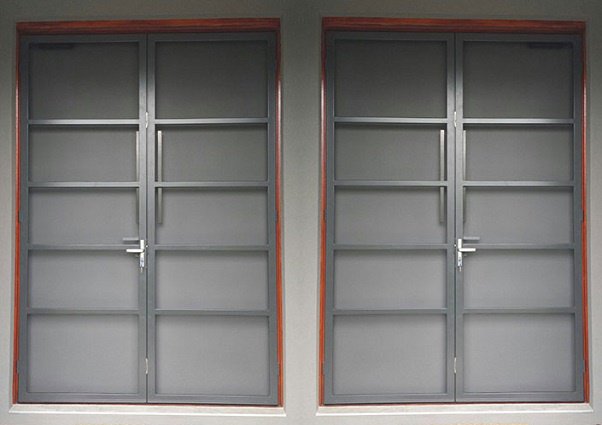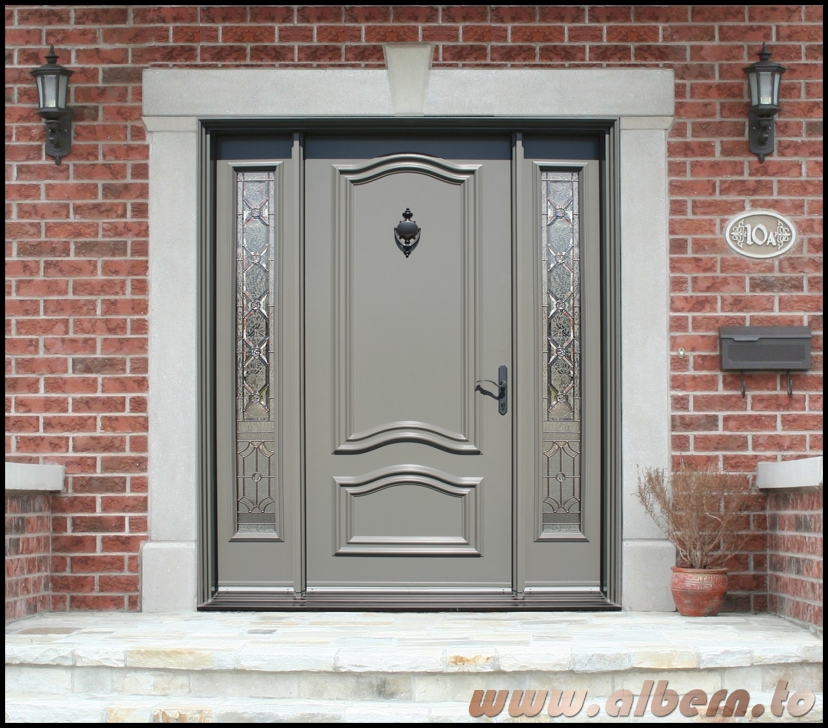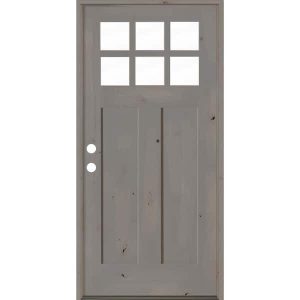Windows play a crucial role in the comfort, energy efficiency, and overall appearance of your home. Choosing between retrofitting and full replacement depends on various factors including cost, the condition of existing frames, and desired energy efficiency levels.
Understanding Retrofit Windows
Retrofitting involves installing new glass and possibly new sashes into the existing window frames.
Pros:
- Cost-effective: Generally cheaper than full replacements.
- Less intrusive: Installation is quicker and doesn’t disturb existing structures.
Cons:
- Limited improvements: May not resolve underlying issues with the frame or insulation.
- Aesthetic restrictions: Limited by the existing fr browse around here ame and design.
Understanding Full Window Replacement
Full replacement means removing the entire window, including the frame, and installing a completely new unit.
Pros:
- Comprehensive solution: Addresses any issues from structural faults to poor insulation.
- Higher energy efficiency: Allows integration of the latest technologies in window design.
Cons:
- Higher cost: More expensive due to more extensive work and materials.
- More disruptive: Installation is more invasive, potentially affecting surrounding areas of the home.
Comparing Costs and Long-Term Benefits
| Aspect | Retrofitting | New Window Installation |
|---|---|---|
| Initial Cost | Lower | Higher |
| Long-term Savings | Moderate (depends on existing frames) | Higher (due to better energy efficiency) |
| Aesthetic Impact | Limited changes | Extensive customization options |
| Installation Time | Shorter | Longer |
Key Factors to Consider
- Condition of Existing Windows: If frames are damaged or outdated, full replacement might be necessary.
- Budget: Retrofitting is less expensive initially but may not offer the same long-term benefits as a full replacement.
- Energy Efficiency Goals: Full replacements can integrate advanced technologies that significantly improve insulation and reduce energy costs.
- Historical Value: In historic homes, retrofitting is often preferred to preserve the original architecture.
Case Studies and Examples
Retrofitting in a Historic Home
A homeowner in a historic district chose to retrofit to maintain the architectural integrity while slightly improving energy efficiency.
Full Replacement in a Modern Home
A modern home with deteriorated frames underwent a full window replacement, resulting in major aesthetic improvements and enhanced energy efficiency.
Conclusion
Both retrofitting and full window replacement have their merits. Your choice should depend on the specific needs of your property, your budget, and your long-term comfort and efficiency goals. Consulting with a professional can provide tailored advice and help you make the best decision for your home.

Hello! I’m Tyler Glasheen, your go-to expert at PaneCrafters for all things related to window and door installations. With over 15 years of experience in the industry, I’ve dedicated my career to mastering the art of fitting, upgrading, and maintaining windows and doors for both residential and commercial spaces.





